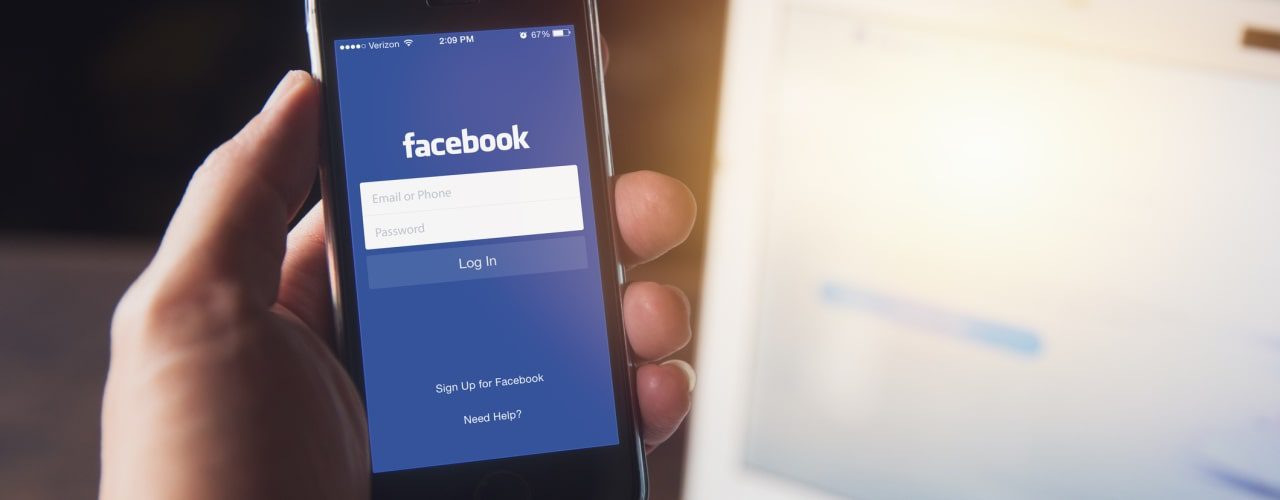Ever since its conception, the internet has been a place for people to communicate with one another and share their opinions. The introduction of social media has only amplified this ability. Facebook made social media a more widely known communication tool consequently people have since used Facebook to get in touch with old friends and relatives, meet new people and generally give their opinions on topic that interested them.
As a social media platform, Facebook gives users the ability to comment on and “like” posts by clicking the ‘Like’ button. It hasn’t taken long for users to wonder, if there is a ‘Like’ button to emote when they agree with something, why isn’t there a ‘Dis-like’ button, for when they don’t?
Was The ‘Dislike’ Button a Long Time Coming?
The ‘dislike’ button has been requested from as far back as 2009. Recently Facebook’s CEO, Mark Zuckerberg, announced that they were “very close” to having a button ready for user testing. Zuckerberg went on to say that the button was not for Facebook users to “down vote” one another but to show empathy when news of a sad nature was posted. He gave the example of someone posting about the death of a family member. As it stands users can only like the post which could come across as malicious, but with the addition of a ‘dislike’ button, users could easily express condolences without posting a comment.
The Possible Negative Side To Facebook’s Dislike Button
Though Facebook’s intent for the ‘Dislike’ button is not negative, with the anonymity that the internet offers, this new ability will no doubt be misused by some. Already online bullying is a problem with internet ‘trolls’ who explicitly aim to hurt, offend and upset others. Giving them the ‘Dislike’ button could be seen as further ammunition for them. However Facebook assures users that the benefits of the button for many will outweigh the negatives.
How Will Facebook’s Dislike Button Affect Businesses?
The ‘Dislike’ button will not only affect users with personal accounts but also businesses with accounts. The ‘Like’ button gives companies a way to know who their potential customers are by seeing who has liked their pages. With the addition of a ‘Dislike’ button, businesses will be able to narrow down their target audience and potential customers with even more accuracy. The company’s COO, Rachel Sandberg, gave an example of how effective marketing on Facebook is; telling how a video advert for “Jalapeño spicy chicken” from a fast food chain was successful, when young people who had ‘Liked’ spicy food on Facebook were identified as their targeted market.
People are yet to agree on whether the Facebook ‘Dislike’ button is a good or a bad thing, but one thing that is for sure is Facebook is becoming more knowledgeable on what their users like and dislike, and whether the ‘Dislike’ button gets your thumbs up or down, it looks like it’s here to stay.With a user community that has grown up with a culture of liking, the entry of a dislike button could bring hazardous consequences if not handled correctly.

